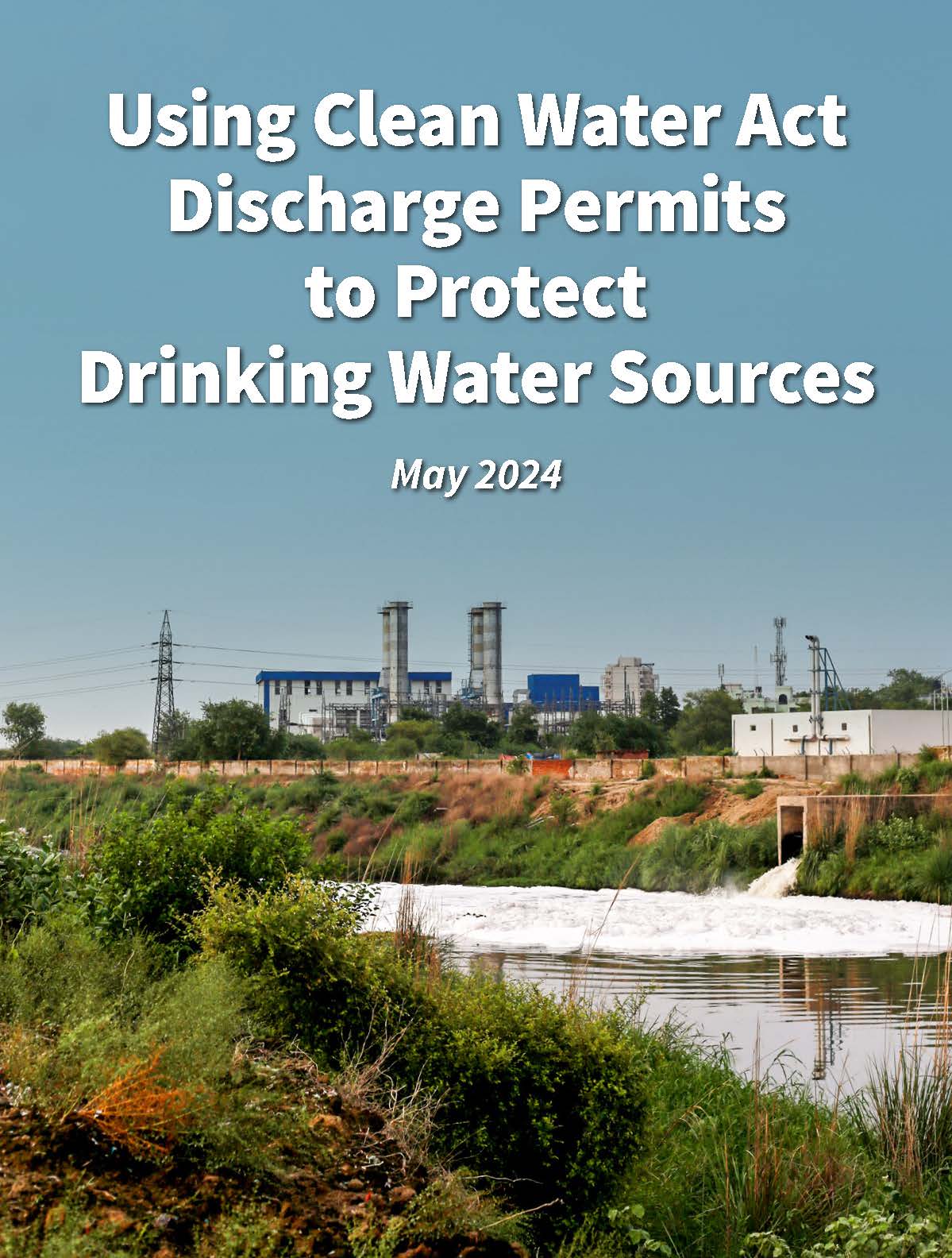This guide is designed to provide fundamental information for Public Water Systems and stakeholders to understand the content of Clean Water Act National Pollutant Discharge Elimination System permits. It includes tips, tools, examples, and a template for providing meaningful comments on different types of these permits. The guide is simplified and uses more general terms than an official government regulatory or guidance document, so that it is more understandable for Public Water Systems and a public audience that is unfamiliar with Clean Water Act regulations.
The goal of source water protection is to prevent contamination and water quality degradation in rivers, lakes, and groundwater aquifers that currently serve, or may serve in the future, as sources of drinking water. Protecting sources of drinking water is an efficient way to reduce risks to public health, instill customer confidence, and help control water treatment costs. Preventing pollution from entering drinking water sources is more effective and much less expensive than removing them once the water is contaminated. Protecting drinking water sources — and thus preventing contamination — is essential for sustaining safe drinking water supplies, protecting public health and the economy, reducing energy and chemical inputs for water treatment, and providing many other environmental benefits.
The Clean Water Act has many tools that can be used to address sources of pollution that impact drinking water sources. This current guide focuses on how Public Water Systems can use Clean Water Act National Pollutant Discharge Elimination System pollution permits, which control surface water pollution by regulating point sources that discharge into surface waters, to improve and protect the quality of drinking water sources. Specifically, this guide aims to help drinking water utilities in:
- Understanding which upstream industrial, wastewater, stormwater, and nonpoint-source
pollutant discharges are impacting or have the potential to impact the quality of their drinking
water sources (raw water) and associated treatment processes; and - Learning how to provide comments, data, and information on the Clean Water Act National
Pollutant Discharge Elimination System permits for these sites and facilities to affect changes in monitoring, pollution discharge limits, and notifications to the drinking water utility.
